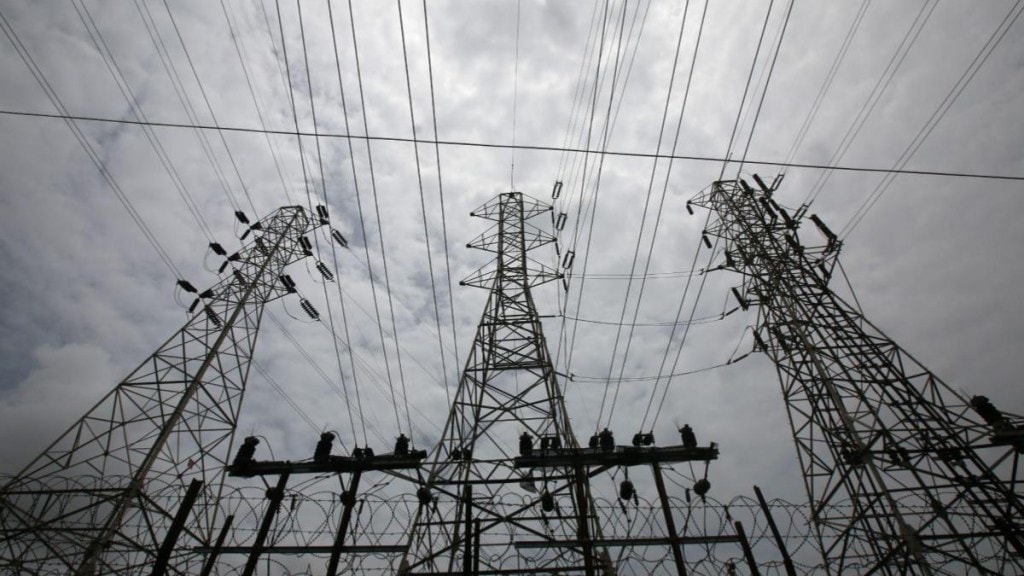Prices of electricity in the spot market have remained stable in May even as the country’s peak demand continues to grow. The peak demand during the day time touched 236 GW as on May 23, breaking previous records, while total outage in the country stood at 27.71 GW.
Over the last fortnight, electricity prices on the Day-Ahead Market (DAM) and Real-Time Market (RTM) on the Indian Energy Exchange (IEX) have averaged Rs 5.2 per unit and Rs 4.6 per unit respectively, almost similar to last year.
“The country’s power consumption has increased almost 14% this year. Given the high-power demand, the government and regulators undertook a string of favorable policy and regulatory measures which improved the ‘ sell’ scenario and increased sell liquidity on the exchanges,” said Rohit Bajaj, Executive Director, Business Development, Strategy and regulatory Affairs at Indian Energy Exchange. “This improved sell liquidity kept the prices on the exchange under check,” he noted.
Furthermore, during the same period, during the day hours the prices on the exchange were recorded below Rs 3.5 per unit, as per data provided by IEX.
To make power available to consumers during the peak demand, the power ministry has sought compliance to the supply of surplus electricity by generating companies to power exchanges. This, the industry says, has helped in keeping the electricity prices stable even as the demand continues to touch a new high.
In FY24, power exchanges volume grew by two times the demand print of 8% last year, as per a recent report by ICICI Securities.
The country generated 4.76 billion units (BU) of electricity as on May 21, up from its target of 4.56 BU, latest data from the Central Electricity Authority showed. From April till May 21, the country’s power companies generated 233.28 BU of electricity, registering a deviation of 2.6% from the target of 239.5 BU.
The government has estimated peak demand for power to reach a record 260 GW during this summer and has taken several measures to ensure adequate electricity supply to consumers including mandatory running of imported coal based plants to their full capacity and six percent coal blending at domestic coal-based plants.
As on May 21, coal stocks at as many as 184 thermal power plants of the country stood at 47.5 million tonnes, 67% of the normative stock requirement of 70.56 million tonnes.
“If you see the availability of coal stocks, they are better this fiscal than what they were in this period last year. Last year, the coal stocks in March were about 13 days, now it has increased to over 15 days at an all India level and even the prices of imported coal have come down from the peak we saw in FY22,” Vikram V, vice-president & sector head, corporate ratings, Icra had earlier said. “The ability of the sector to utilize the imported coal based plant is also in a good situation.”
In April, the peak power demand met rose to 224.18 gigawatt (GW) as against 215.88 GW in the same period last year. Power consumption during the month came at 144.25 BU, 10.5% higher than 130.55 BU in April FY23.
According to the Indian Meteorological Department, temperatures in April were the highest over eastern and northeastern part of the country and the second highest over south India since 1901. The country’s peak demand for power is likely to grow further as heatwave conditions prevail in different parts of the country.

